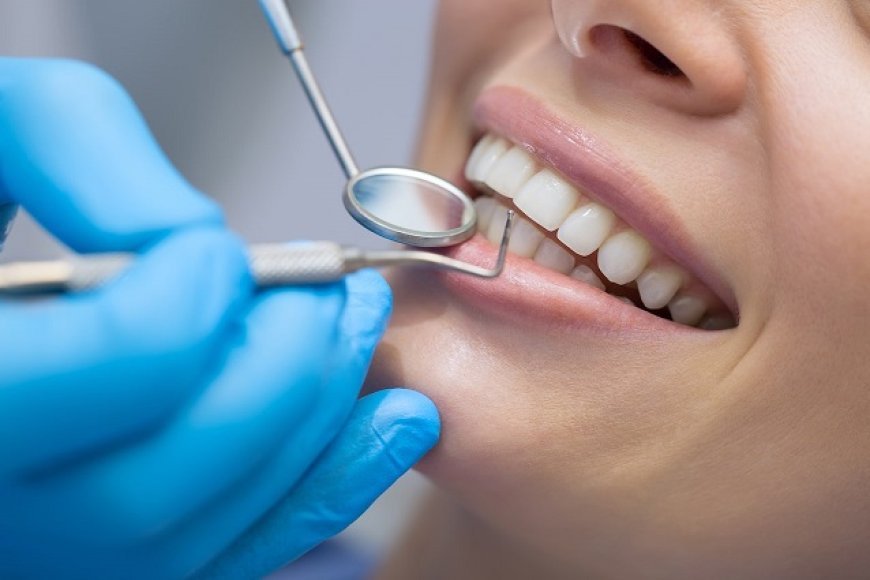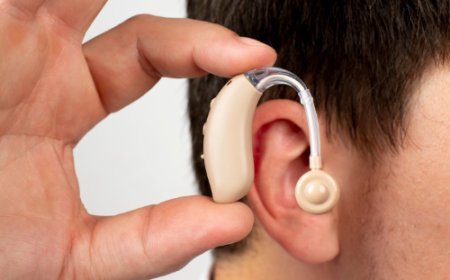Mini Dental Implants vs. Traditional Ones

Dental implants have revolutionized the field of restorative dentistry, offering a durable and natural-looking solution for missing teeth. Among the available options, mini dental implants and traditional dental implants are two prominent choices. Both serve the same fundamental purpose of replacing missing teeth but differ significantly in their design, procedure, healing process, and suitability for various cases. Understanding these differences can help patients make informed decisions about their dental care.
Design and Size Differences:
The most apparent distinction between mini and traditional Dental implants in Dubai (زراعة الأسنان في دبي) is their size. Mini dental implants are much smaller in diameter, typically less than 3 millimeters, whereas traditional implants generally measure between 3.4 to 5.8 millimeters. The smaller size of mini implants makes them less invasive to place and often requires less bone density, making them a viable option for patients with limited jawbone volume. Traditional implants, on the other hand, require sufficient bone mass to ensure stability and longevity.
Procedure and Invasiveness:
Mini dental implants usually involve a less invasive procedure. They can often be placed in a single appointment with minimal surgical intervention, sometimes even without the need for extensive bone grafting. This is due to their smaller size and the simplified surgical technique. Traditional dental implants typically require a more complex surgical process, including careful drilling into the jawbone and, in many cases, additional preparatory treatments like bone grafting or sinus lifts to create an adequate foundation for the implant.
Healing and Osseointegration Time:
The healing process and osseointegration—the fusion of the implant with the jawbone—also vary between the two types. Mini dental implants tend to have a quicker recovery time and faster osseointegration due to their smaller size and less invasive placement. This allows patients to often receive their prosthetic teeth sooner. Traditional implants require a longer healing period, sometimes several months, to ensure the implant securely integrates with the bone, providing a strong and stable base for replacement teeth.
Strength and Durability Considerations:
While mini dental implants offer the advantage of minimally invasive placement and quicker recovery, their smaller size means that they may not be suitable for all types of tooth replacement. Traditional implants are generally considered stronger and more durable, especially for replacing larger teeth like molars that endure significant chewing forces. Mini implants are often recommended for stabilizing dentures or replacing smaller teeth in areas with limited space or bone density, while traditional implants provide a long-term solution for full tooth restoration.
Applications and Suitability:
The choice between both mini and traditional dental implants largely depends on the patient’s oral health, bone density, and the specific dental issue being addressed. Mini implants are especially useful for patients who may not qualify for traditional implants due to insufficient bone volume or those seeking less invasive treatment options. They can effectively support dentures, small bridges, or single tooth replacements in certain cases. Traditional implants are preferred when long-lasting strength and stability are paramount, and when the patient’s jawbone can support the larger implant.
Maintenance and Longevity:
Both mini and traditional dental implants require proper oral hygiene and regular dental check-ups to maintain their function and prevent complications. However, due to their robust nature, traditional implants are often associated with greater long-term success rates and durability. Mini implants, while effective, may have a slightly higher risk of failure or loosening over time, particularly if used in high-stress areas without adequate support. Nonetheless, with good care, both types can significantly improve quality of life by restoring chewing function and aesthetics. Both mini and traditional dental implants require proper oral hygiene and regular dental check-ups to maintain their function and prevent complications. However, due to their robust nature, traditional implants are often associated with greater long-term success rates and durability.
Conclusion:
Deciding between mini dental implants and traditional dental implants involves weighing factors such as bone density, the extent of tooth loss, desired recovery time, and the mechanical demands of the replacement teeth. Mini implants offer a less invasive, quicker option suitable for certain clinical situations, while traditional implants provide a more robust, long-term solution for a wider range of dental needs. Consulting with a dental professional to evaluate individual circumstances and oral health status remains essential to achieving optimal results.
Read more about
What's Your Reaction?



























































